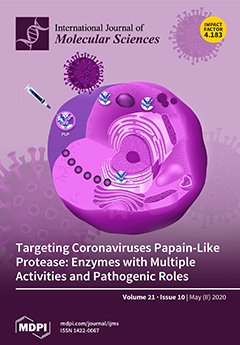(+)-Bornyl
p-coumarate is an active substance that is abundant in the
Piper betle stem and has been shown to possess bioactivity against bacteria and a strong antioxidative effect. In the current study, we examined the actions of (+)-bornyl
p-coumarate against A2058 and A375 melanoma cells. The inhibition effects of (+)-bornyl
p-coumarate on these cell lines were assessed by 3-(4,5-Dimethylthiazol-2-yl)-2,5- diphenyltetrazolium bromide (MTT) assay and the underlying mechanisms were identified by immunostaining, flow cytometry and western blotting of proteins associated with apoptosis and autophagy. Our results demonstrated that (+)-bornyl
p-coumarate inhibited melanoma cell proliferation and caused loss of mitochondrial membrane potential, demonstrating treatment induced apoptosis. In addition, western blotting revealed that the process is mediated by caspase-dependent pathways, release of cytochrome
C, activation of pro-apoptotic proteins (Bax, Bad and caspase-3/-9) and suppression of anti-apoptotic proteins (Bcl-2, Bcl-xl and Mcl-1). Also, the upregulated expressions of
p-PERK, p-eIF2α, ATF4 and CCAAT/enhancer-binding protein (C/EBP)-homologous protein (CHOP) after treatment indicated that (+)-bornyl
p-coumarate caused apoptosis via endoplasmic reticulum (ER) stress. Moreover, increased expressions of beclin-1, Atg3, Atg5, p62, LC3-I and LC3-II proteins and suppression by autophagic inhibitor 3-methyladenine (3-MA), indicated that (+)-bornyl
p-coumarate triggered autophagy in the melanoma cells. In conclusion, our findings demonstrated that (+)-bornyl
p-coumarate suppressed human melanoma cell growth and should be further investigated with regards to its potential use as a chemotherapy drug for the treatment of human melanoma.
Full article






